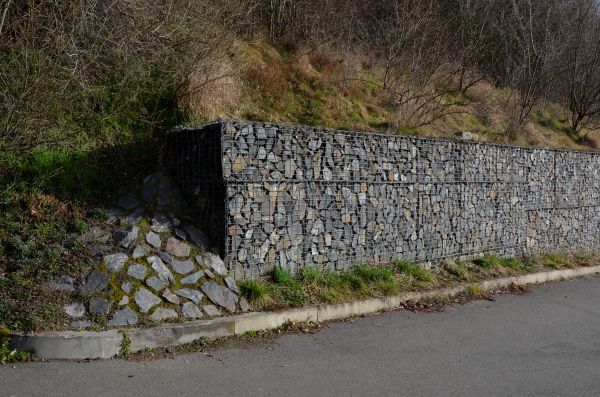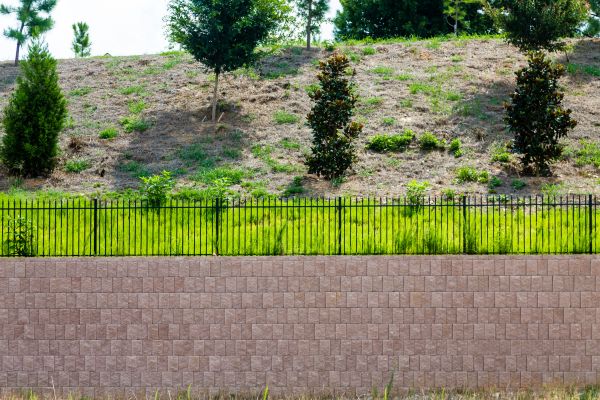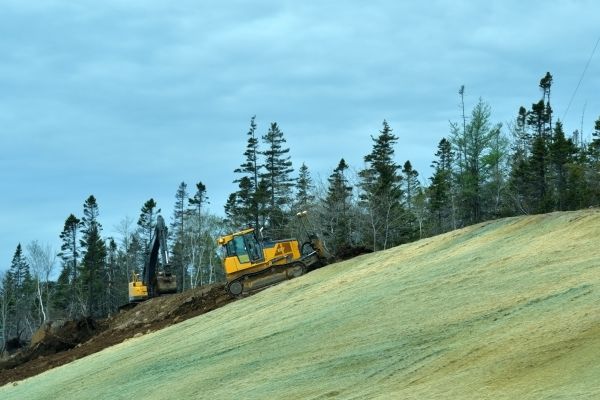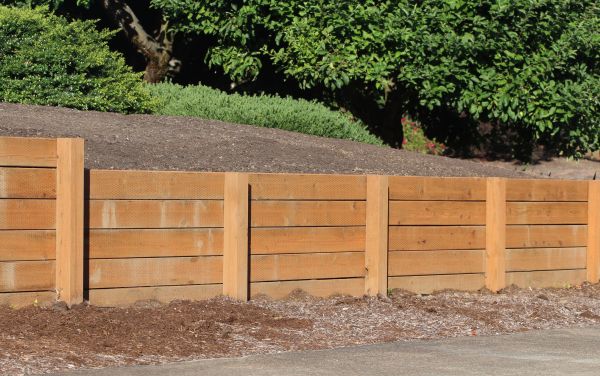Slope Seeding Service
Affordable Slope Seeding
Slope seeding is a specialized technique used in landscaping and erosion control to stabilize and revegetate sloped areas. This method involves the strategic planting of grass, legumes, or other vegetation on inclined surfaces to prevent soil erosion and promote healthy ecosystem development. Slope seeding is crucial in areas prone to erosion, such as construction sites, highways, and natural landscapes, as it helps maintain soil integrity, reduces sediment runoff, and fosters a sustainable environment.
Benefits of Slope Seeding
-
Erosion Control
Slope seeding plays a vital role in controlling erosion by establishing a vegetative cover that holds the soil in place. The roots of the plants bind the soil particles together, reducing the likelihood of soil displacement during heavy rains or strong winds. This not only preserves the landscape but also protects water quality by minimizing sediment runoff into nearby water bodies. -
Cost-Effective Solution
Compared to other erosion control methods, slope seeding is a cost-effective solution. It requires less material and labor than installing retaining walls or other structural interventions. The initial investment in seeds and planting is generally lower, and the maintenance costs are minimal once the vegetation is established. -
Environmental Benefits
By promoting the growth of native plants, slope seeding enhances biodiversity and supports local wildlife. The vegetation provides habitat and food for various species, contributing to a balanced ecosystem. Moreover, the plants improve air quality by absorbing carbon dioxide and releasing oxygen. -
Aesthetic Improvement
Slope seeding transforms barren, unstable slopes into lush, green landscapes. This not only improves the visual appeal of the area but also increases property value. A well-vegetated slope blends seamlessly with the natural surroundings, creating a more pleasant and inviting environment.
FAQs About Slope Seeding
What types of seeds are used in slope seeding?
Various types of seeds can be used in slope seeding, including grasses, legumes, and wildflowers. The choice of seeds depends on the soil type, climate, and specific erosion control needs of the area.
How long does it take for slope seeding to be effective?
The effectiveness of slope seeding can vary based on environmental conditions and the types of seeds used. Generally, initial growth can be observed within a few weeks, but full stabilization may take several months.
Is slope seeding suitable for all types of slopes?
Slope seeding is suitable for a wide range of slopes, but extremely steep or unstable slopes may require additional reinforcement, such as erosion control blankets or retaining structures.
How is slope seeding maintained?
Once established, slope seeding requires minimal maintenance. Regular monitoring for invasive species and occasional reseeding may be necessary to ensure continued effectiveness.
Fill out the contact form to request Slope Seeding services today! Discover the numerous benefits of professional slope seeding, from effective erosion control to enhanced aesthetics and environmental sustainability.




